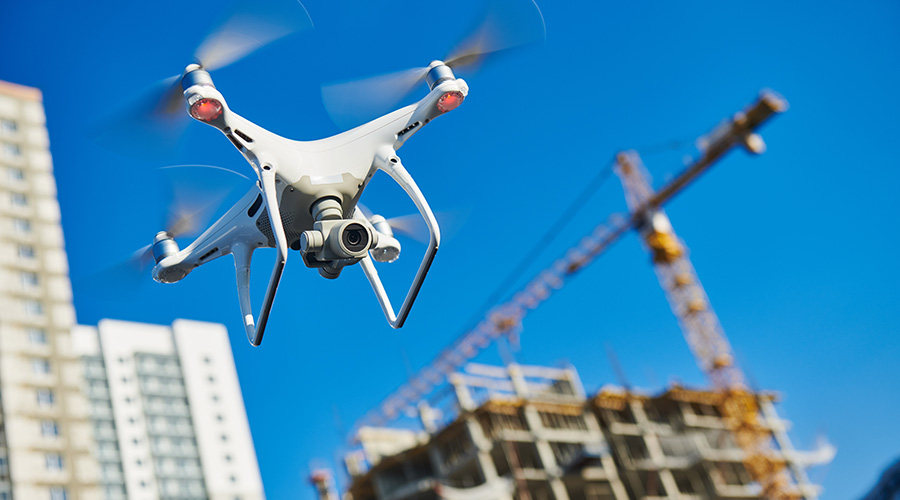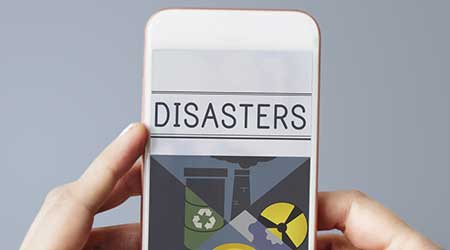A Look at Possible Future Mass Notification Capabilities
From context-aware solutions to better special needs assistance, there are tons of exciting capabilities on the horizon for mass notification systems.
Progress is definitely being made — but it prompts the question: What’s next? Here are some possibilities:
• Context-aware solutions. You’re in the elevator leaving work for home. When the elevator door opens in the lobby, you get an automated text alert telling you that there was a large water spill near the west-side exits — it’s a slip and fall hazard, so you should use the north-side exits.
• Multilingual alerts. You’re overseas with two colleagues on your way to a seminar. Each of you has a different native language, none of which are that country’s native language. There is a terrorist attack near your destination. You’ve subscribed to a local emergency communication system and completed a profile, so the system knows your first language is English and sends you English alerts. One colleague didn’t subscribe to that system, but it recognizes that she’s in an area frequented by tourists and offers a selection of pre-translated alerts — she selects to receive alerts in French. Your other colleague’s native language hasn’t been pre-translated ... but the system is cloud-based and offers machine translation for over a hundred language options from a list on the system’s web page. He selects Japanese and the emergency alerts are piped through Google Translate, which translates it in real-time.
• Multichannel notification. You’re on vacation with your family, and you’re all enjoying different activities around town when a tornado is spotted nearby. You receive an email alert; your wife gets a text; your sister answers a phone call; your son gets an app notification; your daughter sees a post on social media; and your parents — who are enjoying a day fishing and deliberately ignoring their mobile phones — hear the public address announcement. Your family all meet at the designated public tornado shelter shortly thereafter.
• Two-way communication. You live in a seismically active area and are subscribed to the emergency notification system for the subway you use daily. There’s an earthquake while you’re on the tracks heading to work. The system sends you an alert explaining that the quake was moderate and that your train has been temporarily stopped while the tracks are inspected. It then asks you some questions: Did you suffer any injuries? No. Should we send updates to your contact list? Yes. Based on your responses, the system notifies your office and home that you’re on a stopped train, you’re fine, but will be late getting to work. Later it sends an update when train service has been restored and you’re on your way.
• Crowd sourcing. On their way to an entertainment venue, several concert goers see a suspicious, unattended backpack. They independently shoot photos and upload them to the venue’s security site. The security algorithm notes the high number of similar uploads and that several were from trusted sources. It immediately dispatches venue security to clear the area and then notifies the police.
• Special needs assistance. You’re in a wheelchair during an emergency situation. Your mobile device gives you directions to an exit ramp, but your chair is damaged en route. The chair communicates its incapacitated status and location to your device, which sends it to the approaching first responders. Knowing you need special assistance, a team of first responders arrive at your geolocation to help.
• Third-party system integration. You’re camping in a remote area of a state park that is well out of cell coverage. Suddenly a drone built by a large tech company and operated by a local state contractor appears overhead and announces that there’s a wildfire to the west, and you should evacuate as soon as possible on the road to the east.
Related Topics:














